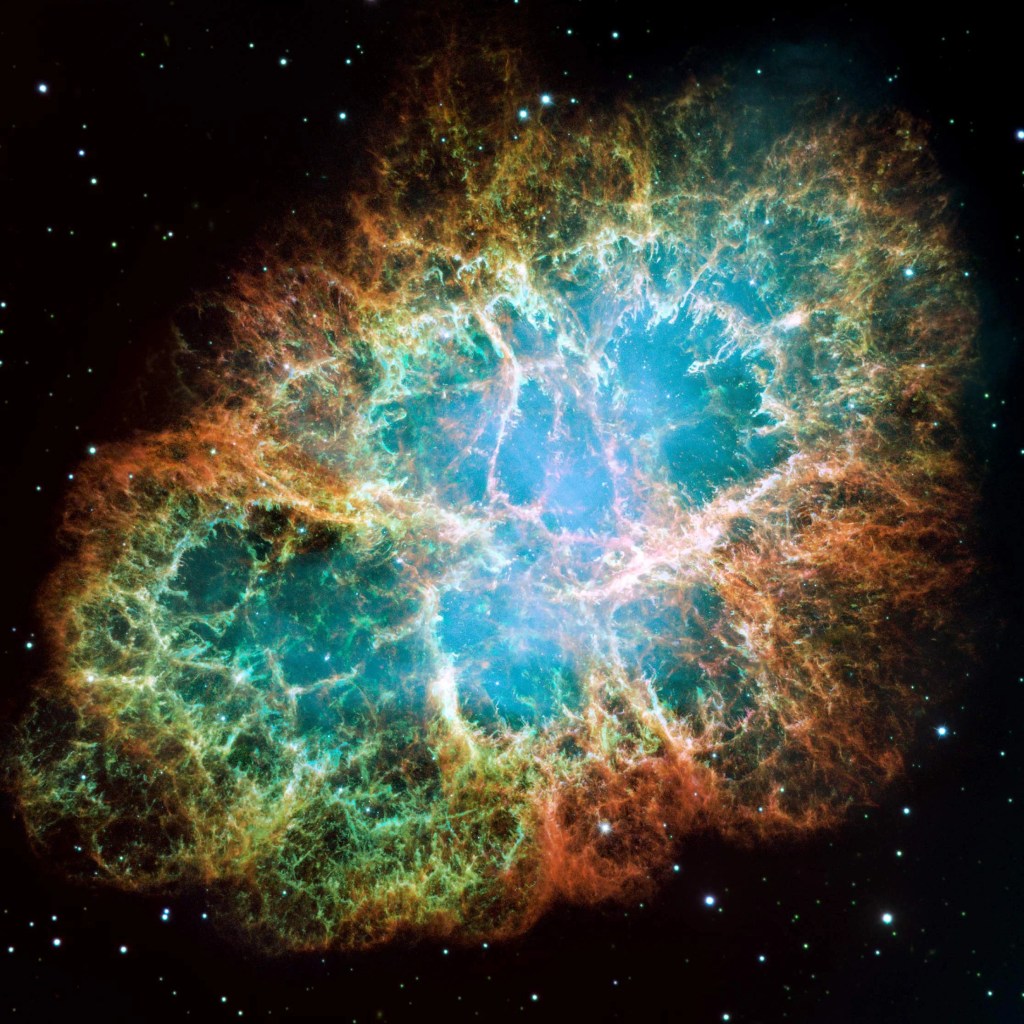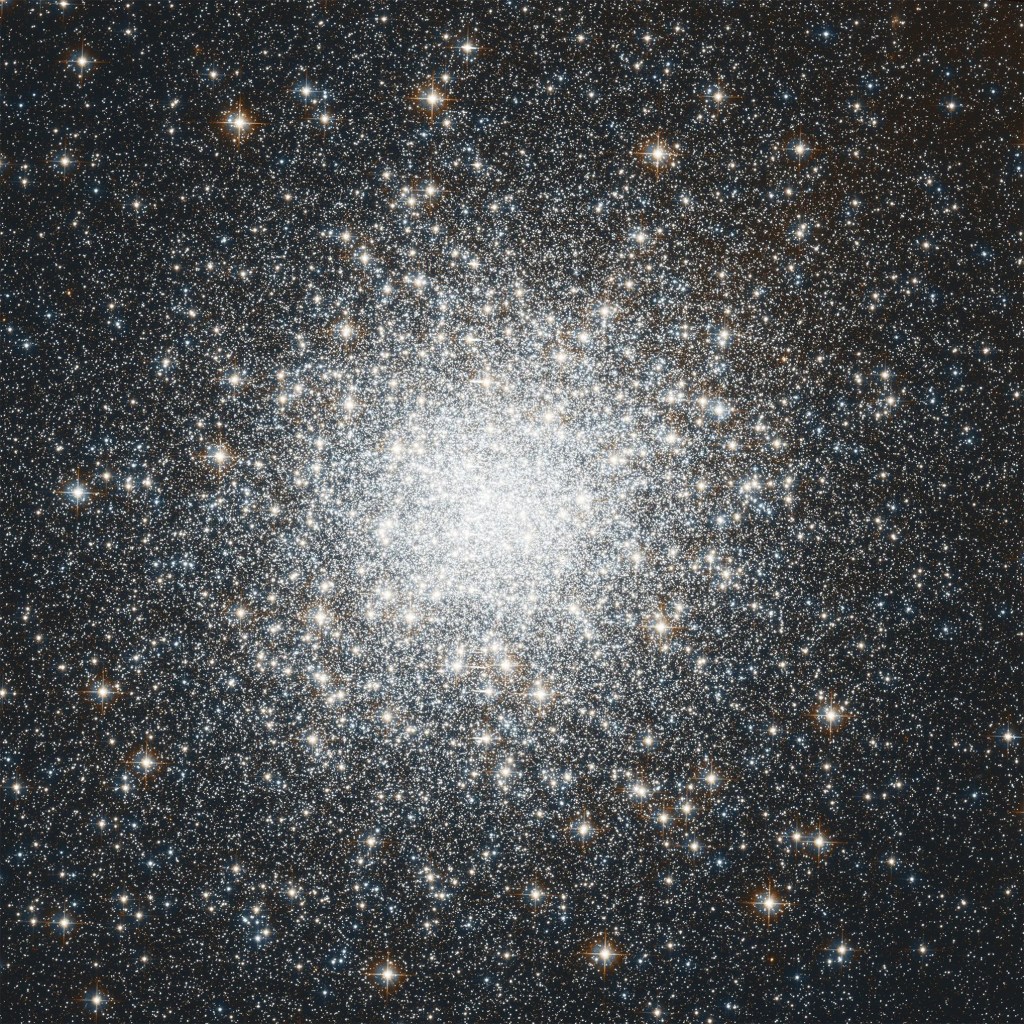Messier 72
This is one of the most remote clusters in Messier’s catalog.
Distance
50,000 light-years
Apparent Magnitude
9.4
constellation
Aquarius
object type
Globular Cluster

Pierre Méchain, a French astronomer and colleague of Charles Messier, discovered the globular cluster M72 in 1780. It was the first of five star clusters that Méchain would discover while assisting Messier and, at a distance of 50,000 light-years from Earth, it is one of the most remote clusters in Messier’s catalog. M72 is located in the constellation Aquarius and has an apparent magnitude of 9.4. The cluster appears as a faint patch of light in small telescopes, and the best time to observe it is during September.
A globular cluster is an ancient, spherical collection of old stars that are packed very closely together toward the cluster’s center. The stars in the cluster orbit around a mutual center of gravity at this dense core. Roughly 150 globular clusters have been discovered in the Milky Way galaxy.

For more information about Hubble’s observations of M72, see:
Explore Hubble's Messier Catalog
The following pages contain some of Hubble’s best images of Messier objects.

Overview The Messier catalog, begun by astronomer Charles Messier in the 18th Century and revised over the years, includes some…

Better known as the Crab Nebula, Charles Messier originally mistook Messier 1 for Halley’s Comet, which inspired him to create…

Hubble's image of Messier 2 is comprised of visible and infrared wavelengths of light.





























